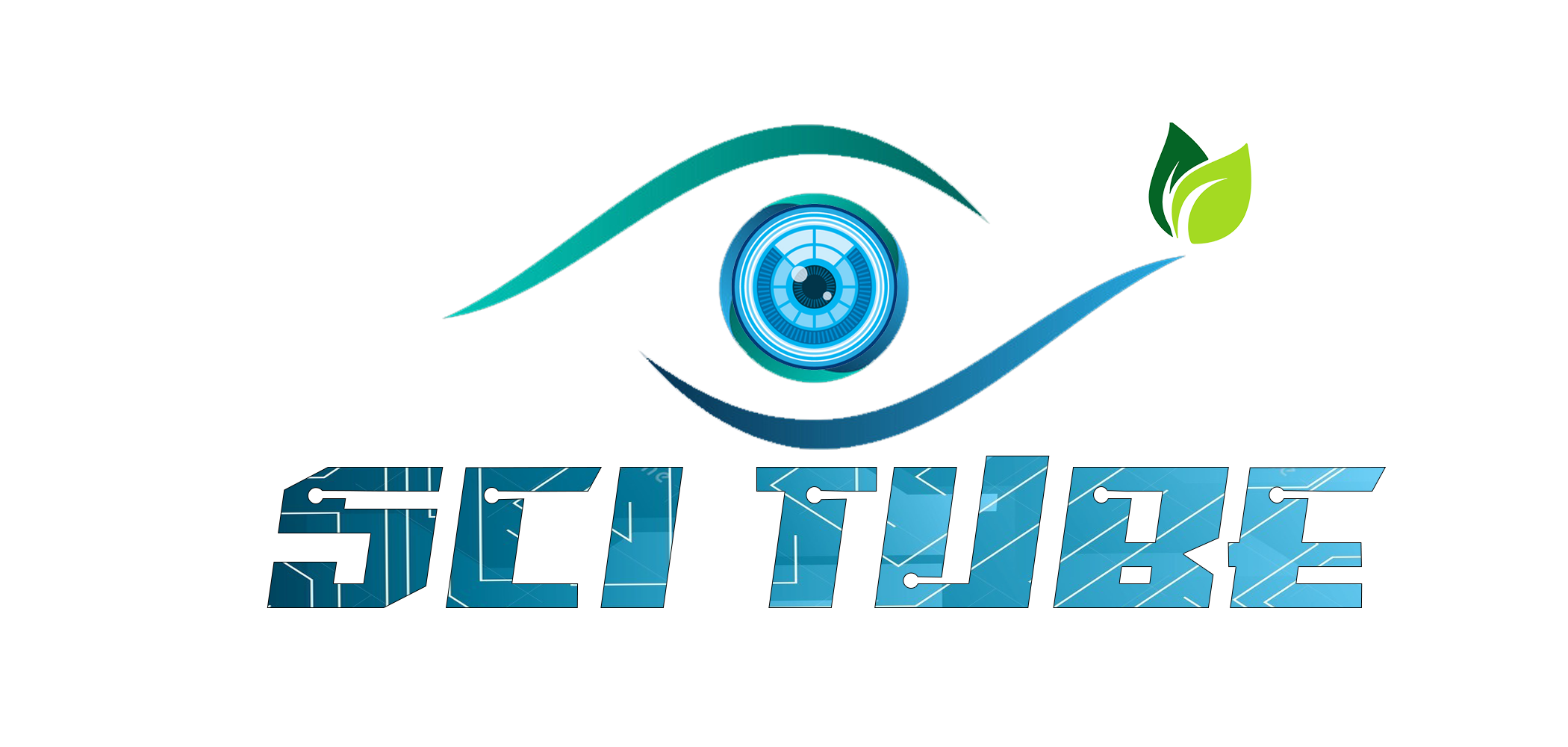
Telescopes – part I
What is a telescope? How to purchase a decent telescope? How would we use it? I realize you have numerous issues to examine telescopes. How about we discover the appropriate responses.
What is a telescope?
A telescope is an optical instrument that makes distant objects appear magnified by using an arrangement of lenses or curved mirrors and lenses, or various devices used to observe distant objects by their emission, absorption, or reflection of electromagnetic radiation.
We believe, Hans Lippershey as the father of the telescope. He invented a telescope using two glasses. Then Galileo Galilee used the telescope practically. He observed lots of things. You can be knowledgeable about by referring to the article “History of modern astronomy part 1”. The first man invented the refracting telescope by using two glass biconvex lenses, then reflecting telescope. With the advancement of the knowledge of mankind, they invented many kinds of telescopes for the observations.
Types of telescopes:
Telescope not only catches the visible light; it catches all the electromagnetic radiation.
- Radio telescopes, using longer wavelengths than infrared light
- Infrared telescopes, using longer wavelengths than visible light
- Optical telescopes, using visible light
- Refractors
- Reflectors
- Ultra-violet telescopes, using shorter wavelengths than visible light
- X-ray telescopes, using shorter wavelengths than ultraviolet light
- Gamma-ray telescopes, using shorter wavelengths than x-ray light
An amateur astronomer only can use an optical telescope, because all other types of telescopes are used at the industrial level.
In this article, I am going to let you know, how to utilize an optical telescope and how to purchase a decent optical telescope.
There are two types of coordination we are using in telescopes. They are,
- Equatorial coordinates (the absolute coordination system refers with a celestial sphere)
- Alt-Azimuth coordinates (the apparent coordination system refers to the location we observe.
Telescopes are made for both types.

Alt-Azimuth mounting system
Image ref: http://www.naasbeginners.co.uk/Articles/Equipment/Eqatorial_Mount/Equatorial.htm

Equatorial mounting System
Image ref: http://www.naasbeginners.co.uk/Articles/Equipment/Assembling_Telescope/Assembling_Telescope.htm
How to purchase a decent optical telescope?
It depends on what the observer expects to observe much and the quality and specifications of the telescope depends on the price of the telescope. Let’s discuss normal price ranged telescopes
There are three types of telescopes to buy. Refractors, reflectors, compound telescopes.
- Refractors- use lenses.
- Reflectors- use mirrors.
- Compounds- use both mirrors and lenses.
The refractor features a lens at the front of the telescope’s tube, refractors are easy to maintain. But with the size of the lenses is larger it gets more expensive.
Reflectors are higher than with the price comparing with refractors and they require more maintenance because that their optics can be fallout of arrangements. Reflectors use a curved lens at the back of the telescope’s tube to gather the light
Compound telescopes use both mirrors and lenses to gather the light What’s more; they’re very versatile, because they are progressively minimal and lighter.

(Image ref: https://www.space.com/34791-first-time-telescope-buyer-guide.html )
But remember this; magnification is not the only purpose of a telescope.
Some features consider when we are buying a telescope.
Aperture
This means the diameter of the primary lens. If the aperture is getting larger, the telescope not only can gather more light but also can see a detailed image. We can observe fainter objects such as galaxies and small features of solid objects such as Jupiter’s red spot when it is larger.
Focal length
This means the distance between the primary lens/mirror to the point of the object that focus. This is so important with the magnifying. Magnification equals to the division of focal length of Aperture to the focal length of the eyepiece. The ratio of focal lengths increases, magnification increases. The magnification should be twice larger than the diameter of the aperture in millimeters to avoid the fuzziness.
A finder
This is the part of observations that make easy. Finders are used to aim for the object with less magnification. We aim to the object with the finder and then we see the details with the eyepiece. These days telescopes are used red dot finders. There is also having finder scopes too.
If we are using an Alt-Azimuth mounting system telescope, we have to consider the location we live and we have to look at the objects of the sky that are relative to another. But if you use an equatorial mounting system, you only have to know the polar star. For all other objects have an absolute location in the sky.
We discussed in this, how to buy a good telescope. “Telescopes-part II” article will bring you how to mount a telescope, how to observe the sky perfectly and what are the problems occur with telescopes
Author :Induwara Bandara
References:






Add comment